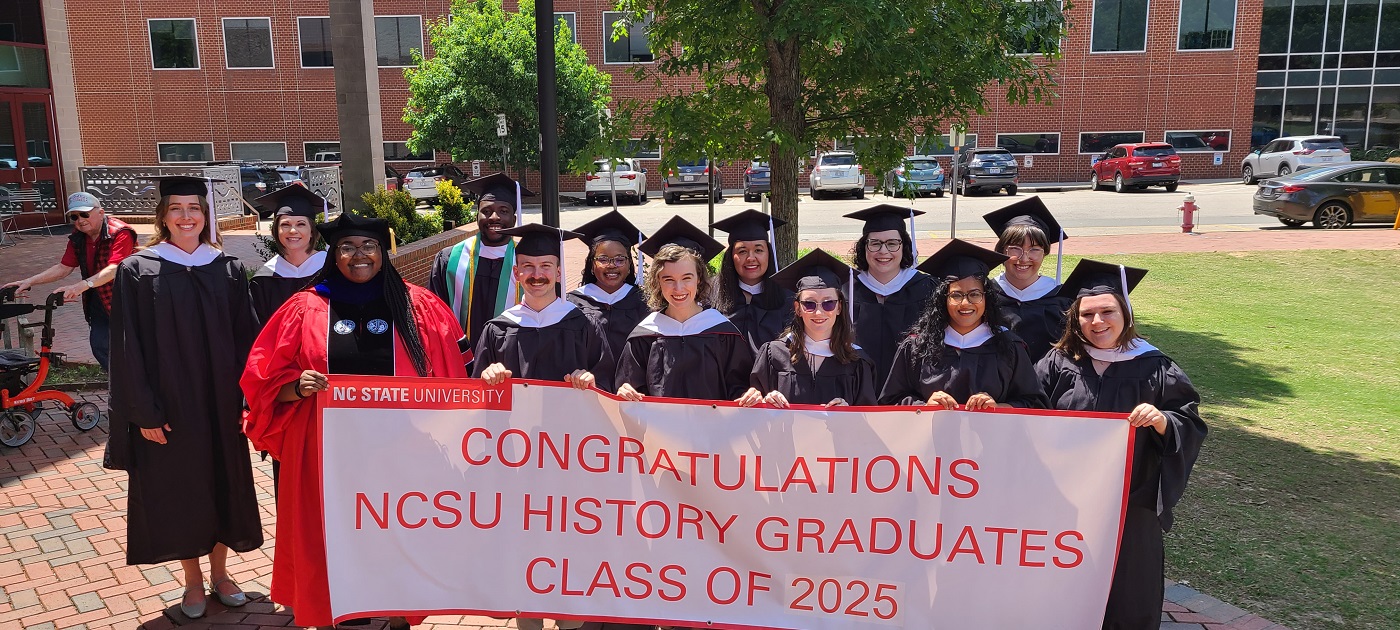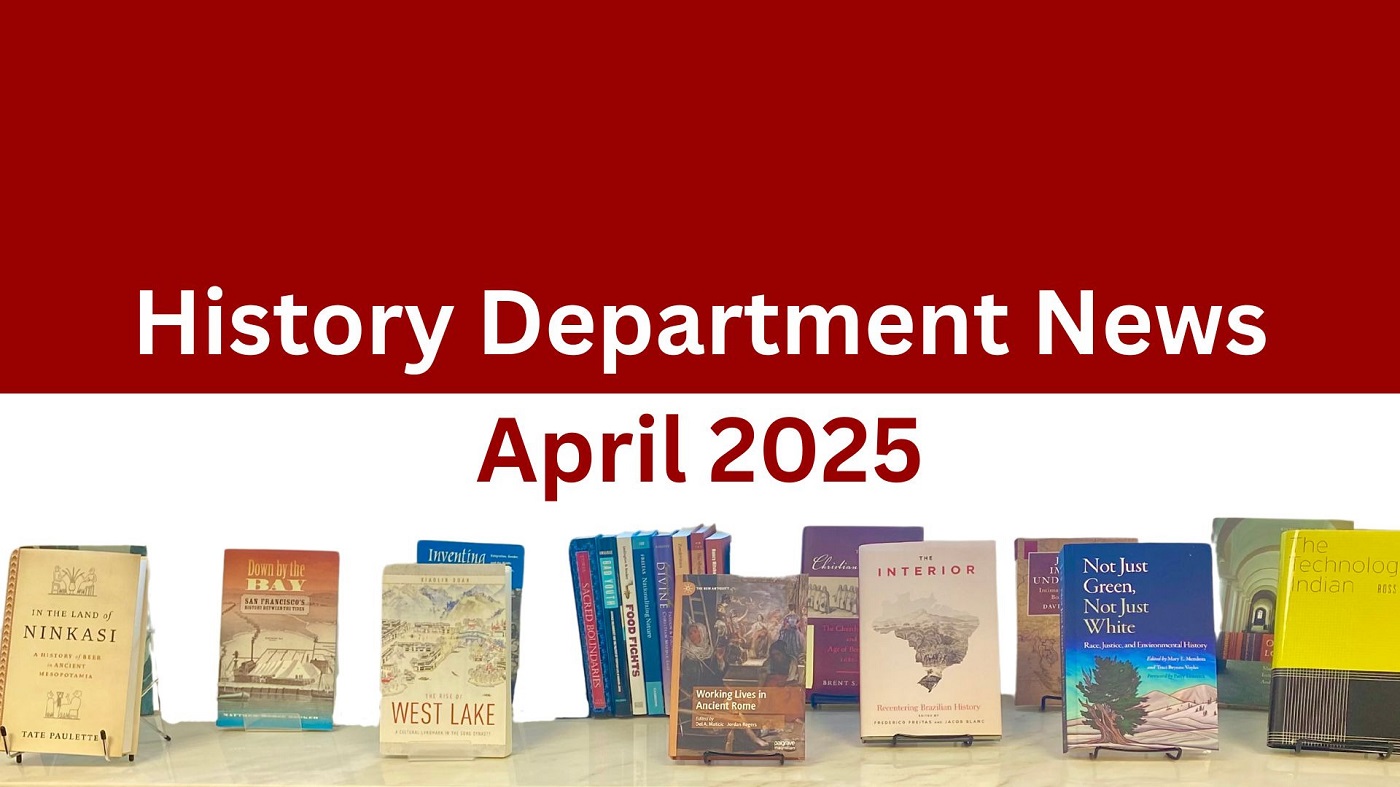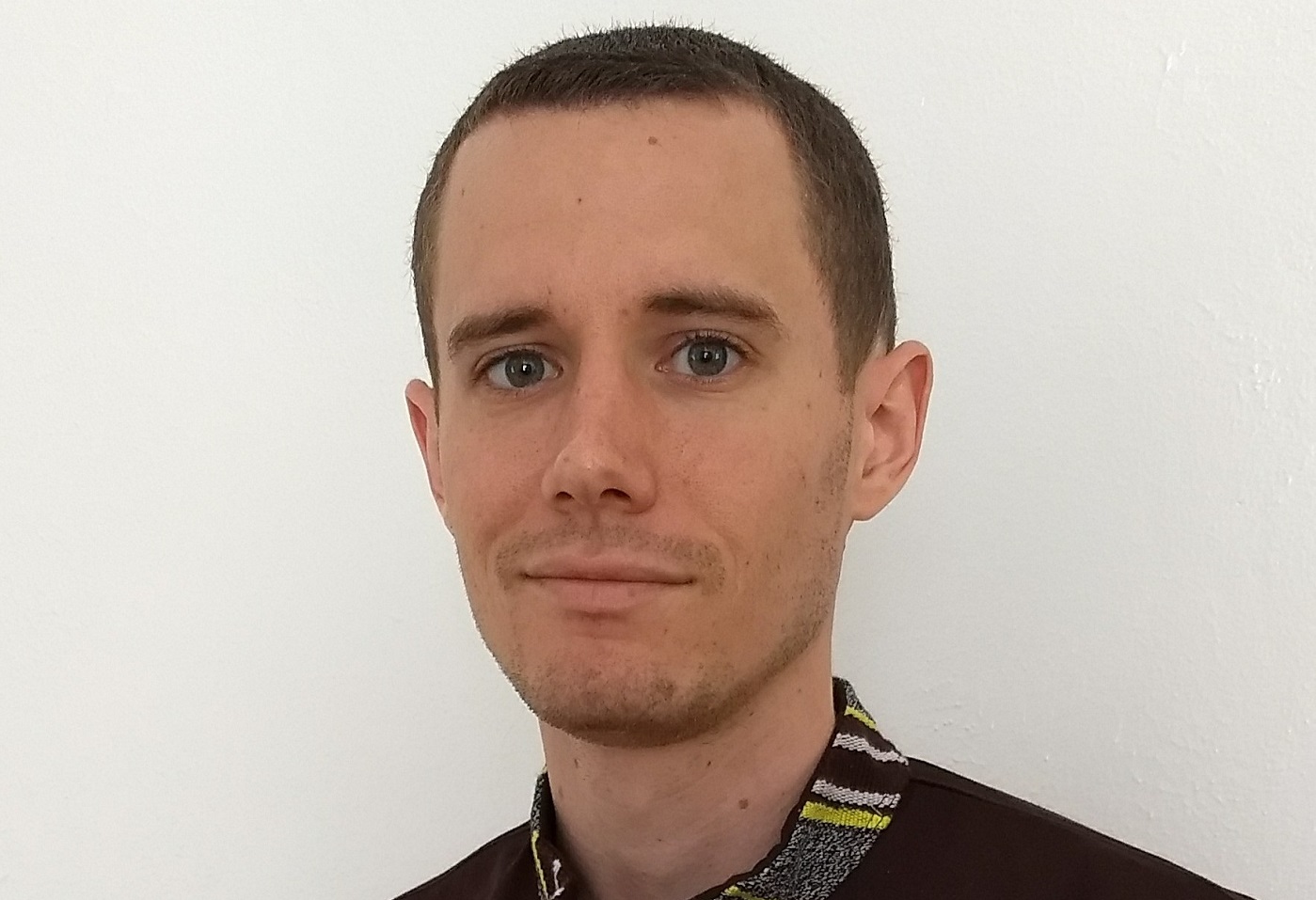The Getty Villa: A Trip Back in Time
My recent trip to the Getty Villa was a “first” in many respects: it was my first time to Los Angeles, my first time to California, and most importantly, my first research trip as a graduate student. My research focuses on port cities in the Seleucid Empire during the Hellenistic period. I am interested in the religion and civic administration of these port cities, as well as looking at their political and ideological importance. This research requires gathering evidence from ancient literary sources, inscriptions, and coins. Hopefully, it will help to reveal the political inner workings of the Seleucid Empire.

I had been planning for months to visit the Getty Villa, which is modeled after a Roman villa and includes a great selection of ancient artifacts. However, nothing could have prepared me for how stunning the villa was in person, and how valuable this experience would be for my academic career. J. Paul Getty (1892-1976) was one of the richest men alive during his time. He was famous for being an avid art collector and thus accumulated many of the items currently on display in the museum. However, he was not a fanatic when it came to coins, only collecting a few during his lifetime. Eventually, the Getty Villa was able to acquire an impressive coin collection. The primary focus of my research trip was to study these coins.
After admiring the Roman architecture and exhibits on display inside the museum, I met with the curator, Judith Barr, and headed down under the museum to the storage rooms. I had sent her a list of artifacts that I wished to get a closer look at. In all, I looked at around 20 coins, 5 weights, a golden bowl, and a statuette all dating to the Hellenistic period. It’s rare enough to see Hellenistic-period artifacts on display in museums but I was able to hold them in my hands. Initially, handling 2000-year-old coins was quite surreal. Once this feeling subsided, I tried to jot down as many details as possible about each of the artifacts.
One coin in particular had a profound effect on me. It was not the most beautiful nor the most impressive coin, but it made me feel the strongest connection with the past. It originated in a certain Greek city in modern-day Syria, whose inhabitants were known to worship thunder. As I turned the coin over to study the reverse, I noticed a depiction of a thunderbolt on the back. At least some knowledge of that city’s culture survives to this day because of this coin. Other highlights included a golden bowl featuring a drawing of sea monster, a coin of Augustus, and a weight with a Zebu on it.
The staff at the Getty Villa was extremely welcoming and friendly. After hours in the storage rooms, I have a much better understanding of what to expect during my next research trip. I was also able to meet up with Dr. Helen Dixon from ECU, who is researching at the Getty. She gave me some great advice on my research. I believe that some of the coins that I saw, including the one with the thunderbolt, will be great primary sources for my thesis research.
Before leaving the museum, I walked around the grounds one more time. I thought about how the Romans would have had similar walks around their villas. Being surrounded by Roman architecture seemed to help when thinking critically about all of the ancient items I had seen that day. I will remember my first research trip as a time when I stepped out of my comfort zone but was rewarded with the amazing experience of talking with helpful professionals and studying artifacts closely. I truly hope to return one day.
- Categories:


